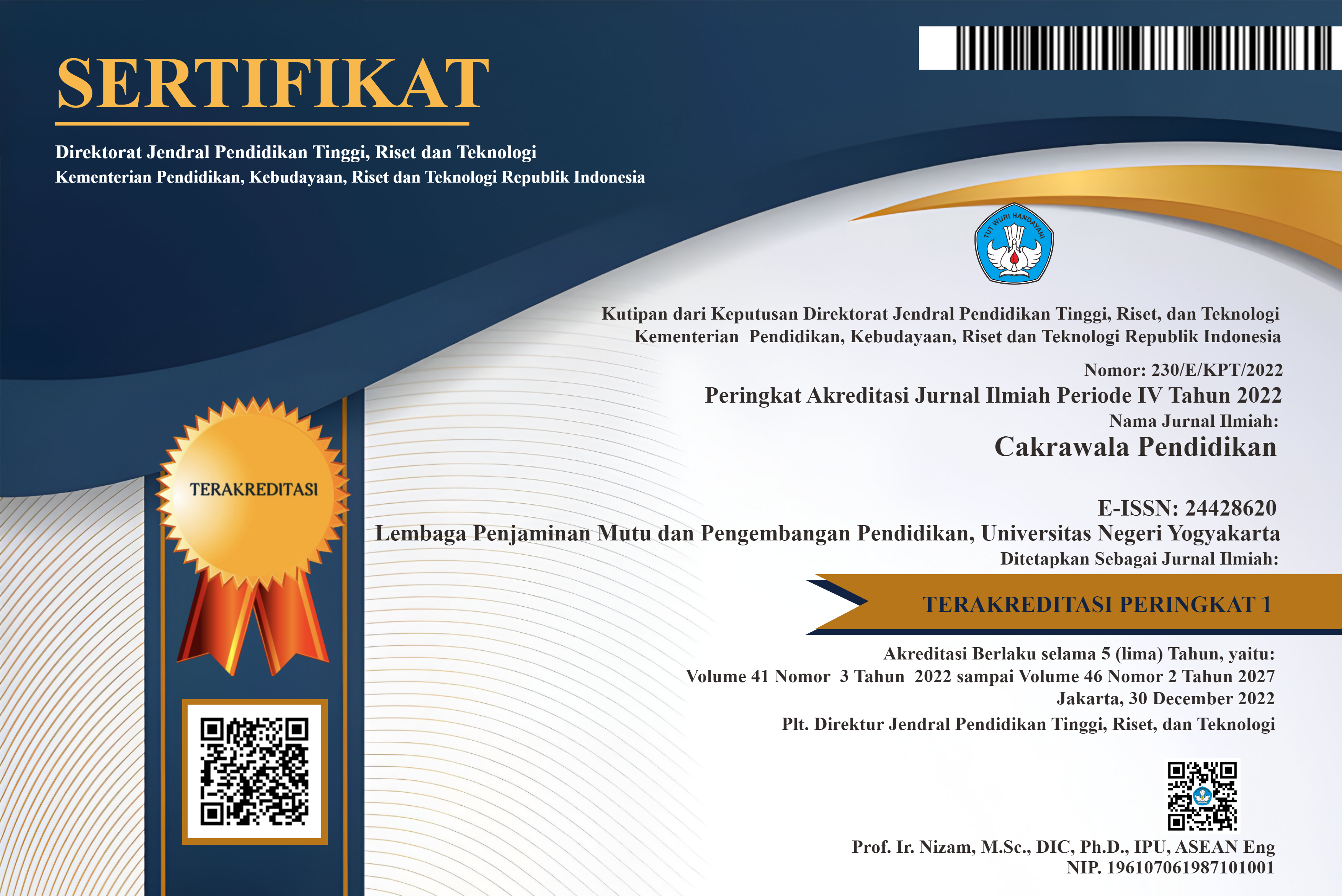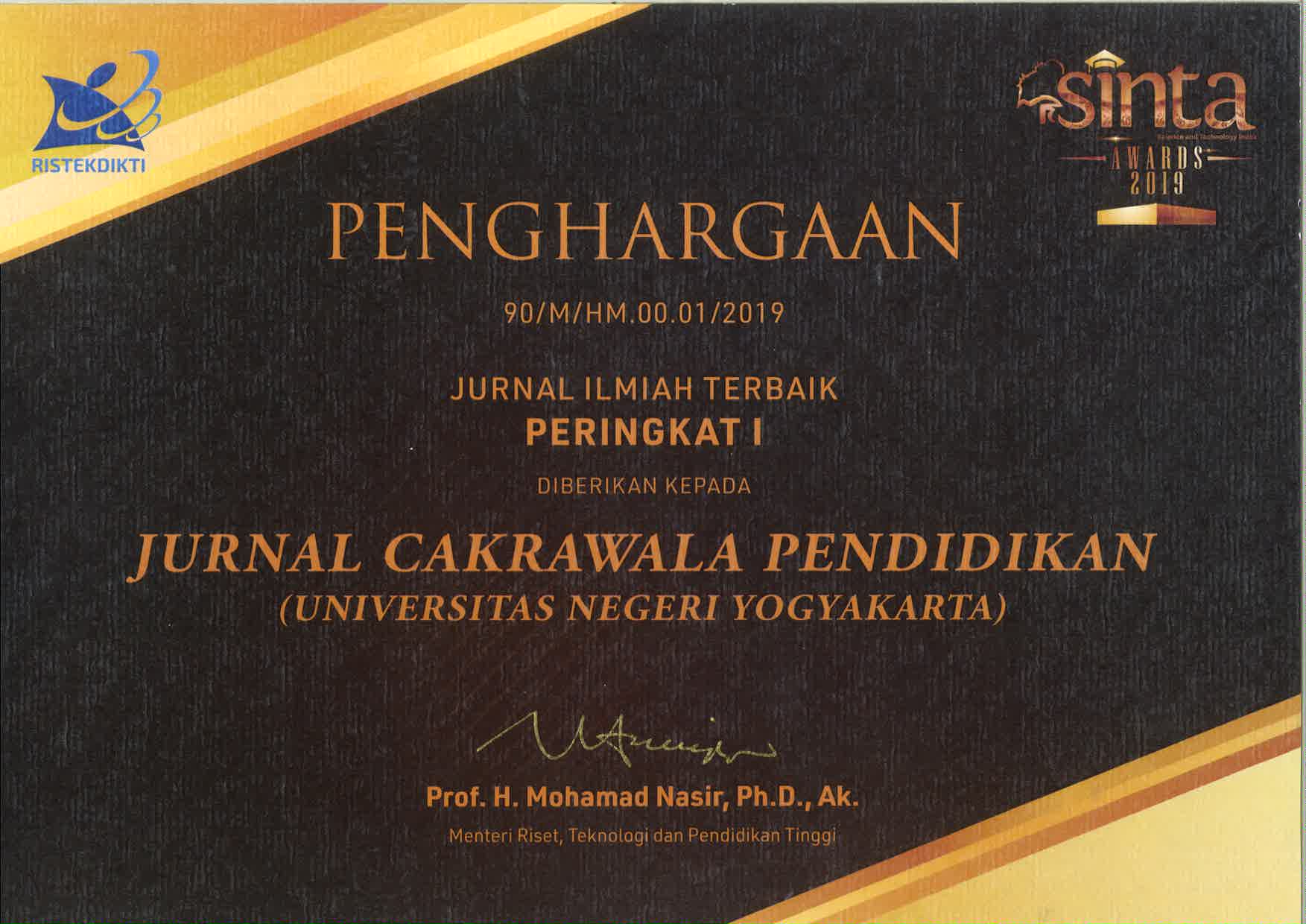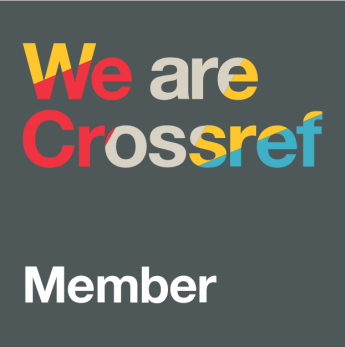Examining the Association between EFL Students' Vocabulary Size and Their Use of Vocabulary Strategies
ABSTRACT
The aim of this study was to determine how grade eleven students at Tatek Secondary School in Tach Gaynt, Ethiopia, related their vocabulary size to their ability to self-regulate their vocabulary development. A correlation-type descriptive research strategy was used to achieve this goal. Two leading tools were used in this study: a bilingual vocabulary size test created and validated by Ahmed (2012), and the self-regulation capacity in vocabulary learning scale created by Tseng et al. (2006), which includes five subscales: commitment, metacognitive, emotion, satiation, and environment control. The results showed that there was no meaningful correlation between the two variables that these devices measured. Conversely, the results of the multiple regressions demonstrated that the metacognitive control contributed more to the prediction of the students' vocabulary size than any other subscale or dimension. Additionally, it used the analysis of variance (ANOVA) to determine and correlate the use of self-regulatory strategies by students in various learning experience groups. Students in these groups had higher mean scores in their self-regulation capacity, which is probably due to the strategies and blueprint they have learned in their chosen subject (English). Lastly, it was suggested that teachers of English as a foreign language should work to improve the students' capacity for self-regulation because their creative efforts and well-informed choices in trying to improve their own learning are very significant.
Downloads
REFERENCES
Abdu, H., & Hamza, Z. (2011). Self-regulated learning and academic performance: Theoretical perspectives. Canada: Lawrence Erlbaum Associates, Inc.
Abdullah, K., & Jiang, C. (2015). Vocabulary learning strategies of secondary school students and its relation to their vocabulary size. European Journal of Social Sciences, 14(9), 41-60.
Adane, T. (2012). Beliefs, and attitudes on the use of foreign language learning strategies of English language College students. Unpublished MA Thesis. Addis Ababa University, Addis Ababa, Ethiopia.
Ahmed, L. (2012). The development and validation of a bilingual version of the vocabulary size test. RELC Journal, 32(2), 341–364.
Amin, A., & Hassen, J. (2013). On the relationship between self-regulated learning components and L2 vocabulary knowledge and reading comprehension. Theory and Practice in Language Studies, 7(3), 1721-1755.
Bog, D. (2011). Testing L2 vocabulary knowledge at a high level: The case of the Euralex French Tests. Applied Linguistics, 14(5), 123–137.
Bolton, J. (2013). What the "˜Good Language Learner' can teach us. TESOL Quarterly, 10(2), 121-145.
Brown, S., & Lee, A. (2010). Essentials of teaching academic vocabulary. Boston: Houghton Mifflin.
Con, L. (2013). Teaching vocabulary learning strategies: Awareness, beliefs, and practices. A survey of Taiwanese EFL senior high school teachers. Unpublished M A thesis. University of Essex, England.
Dane, F., & Lee, H. (2010). Improving self-regulation, learning strategy use, and achievement with metacognitive feedback. Educational Technology Research and Development, 19(2), 614-631.
Digo, P. (2014). A metacognitive view of individual similarity, and differences in self-regulated learning. Learning and Individual Similarity, & Differences, 21(2), 1123-1135.
Dí¶rnyei, Z. (2009). Motivational Strategies in the Language Classroom. Cambridge: Cambridge University Press.
Fan, Y. (2014). Frequency of use, perceived usefulness and actual usefulness of second language vocabulary strategies: A study of Hong Kong learners. The Modern Language Journal, 6(3), 443–462.
Fraud, E., & Jerry, W. (2014). Sociocultural influences on the use of a web-based tool for learning English vocabulary. System, 41(6), 321-344.
Hazer, R. (2010). Teaching English as a second or foreign language (3rd Ed.). London: Heinle Heinle – Thomson Learning.
Heilman, K. (2010). Personalization of reading passages improves vocabulary acquisition. International Journal in Artificial Intelligence in Education, 17(6), 89–109.
Henriksen, F. (2010). Three dimensions of vocabulary development. Studies in Second Language Acquisition, 18(7), 206–234.
Hunt, D. (2014). A Framework for Developing EFL Reading Vocabulary. Reading in a foreign language, 21(2), 45-64.
Hussen, S. (2016). Homework self-regulation: Grade, gender, and achievement-level differences. Learning and Individual Differences, 11(7), 321–333.
Jabir, A., & Mohamed, K. (2011). Vocabulary learning strategies and language learning outcomes. Language Learning, 43(5), 709–728.
John, F., & Lawson, V. (2009). Students' approaches to vocabulary learning and their relationship to success. The Modern Language Journal, 64(3), 154–187.
Karim, Z. (2013). Coming to terms with language learner strategies: Surveying the experts; Language learner strategies: Thirty years of research and practice (pp. 41–61). Oxford: Oxford University Press.
Lawman, K. & Penin, T. (2017). Metacognitive strategy training for vocabulary learning. TESL-EJ, 9(3), 89-99.
Magno, G. (2011). The role of self-regulated strategies and goal orientation in predicting achievement of elementary school children. International Electronic Journal of Elementary Education, 5(3), 77-89.
Mussa, A. (2012). Exploring the art of vocabulary learning strategies: A closer look at Japanese EFL university students. Tokyo, Japan: Kinseido.
Nation, P. (2008). Learning vocabulary in another language. Cambridge: Cambridge University Press.
Nation, P., & Mustafa, J. (2010). A vocabulary size test. The Language Teacher, 23(4), 12-21.
Nation, P., & Tom, D. (2011). A bilingual vocabulary size test of English for Vietnamese learners. RELC Journal, 30(2), 66-87.
Omar, W. (2019). Study on MA Basic English and professional English vocabulary learning strategies. Foreign Language Teaching and Research, 7(2), 321-342.
Rahimet, J. (2017). Impact of self-regulatory influences on writing course attainment. European- American Educational Research Journal, 4(1), 117- 1131.
Remand. A. (2010). Methodology in language teaching: An anthology of current practice. New York: Cambridge University Press.
Rumsi, H. (2010). What can we learn from the good language learner? The Canadian Modern Language Review, 8(3), 309-323.
Saba, H. (2016). First language learner variables and English achievement: A study of secondary level students in Australia. Applied Linguistics, 7(4), 401-423.
Salter, E., & Von, M. (2018). Self-regulated learning: A literature review. London: Centre for Research on the Wider Benefits of Learning, Institute of Education.
Schmitt, N. (2010). Researching vocabulary: A vocabulary research manual. London: Palgrave Macmillan.
Singleton, D, (2011). Exploring the second language mental lexicon. Cambridge: Cambridge University Press.
Smith, R. (2010). Chinese learners' strategy use in historical perspective: A cross generational interview-based study. System, 35(5), 214–225.
Smut, Y. (2015). Learning strategies in second language acquisition. New York: Cambridge University Press.
Swan, H. (2015). Vocabulary learning and teaching. In R. Hazer (Ed.), Teaching English as a second or foreign language (pp. 501-523). London: Heinle & Heinle Thomson Learning.
Tadele, A. (2014). Assessing young learners' strategic L2 vocabulary learning in the framework of self-regulation. Unpublished doctoral dissertation, University of Gondar: Gondar.
Tahir, R. (2012). Teaching and learning vocabulary. Boston, MA: Newbury House.
Taye, B. (2014). Incidental vocabulary learning by advanced foreign language students: The influence of marginal glosses, dictionary use, and reoccurrence of unknown words. The Modern Language Journal, 77 (4), 419-432.
Tomson, L. (2017). The study of second language acquisition (2nd Ed.). Oxford: Oxford University Press.
Tseng, T. (2006). A new approach to assessing strategic learning: The case of self-regulation in vocabulary acquisition. Applied Linguistics, 21(2), 91-113.
Yared, Z. (2016). Effects of attitude and motivation on the use of language learning strategies of EFL secondary school students. Unpublished MA Thesis. Addis Ababa University, Addis Ababa.
Young S. (2010). Disentangling achievement orientation and goal setting: Effects on self-regulatory processes. Journal of Applied Psychology, 84(2), 813-824.
Wale, D. (2012). The study of language learning strategies use by Islamic Azad EFL university students. Language Forum, 21(5), 109-124.
Zaire, D. (2011). Enhancing self-efficacy in vocabulary learning: A self-regulated learning approach. Vocabulary Learning and Instruction, 3 (2), 21-32.
Zalo, N. (2014). How large a vocabulary is needed for reading and listening? The Canadian Modern Language Review, 43(2), 132–145.
Copyright (c) 2025 Minuyelet Andualem Desta

This work is licensed under a Creative Commons Attribution-ShareAlike 4.0 International License.
Jurnal Cakrawala Pendidikan, Jurnal Ilmiah Pendidikan, with ISSN: 0216-1370, is published by the Institute of Education Development and Quality Assurance (LPPMP UNY). Cakrawala Pendidikan has been recently has been re-accredited by Indonesian Ministry of Education and Culture decision Number 230/E/KPT/2022 which is valid for five years since enacted on 30 December 2022.




























